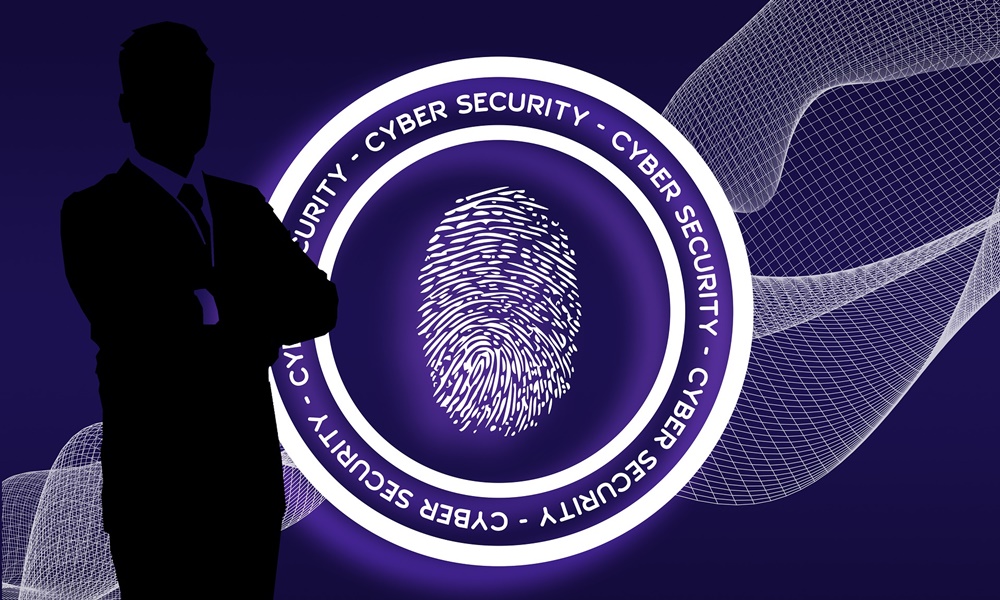
There is no doubt that every organizational environment has innumerable challenges to face and cybersecurity, of course, is one of the highest priorities. The advancement of technology is unstoppable. Thanks to this, companies can become better managed, more competitive and have a broader vision of the future. However, the hidden dangers of the Internet and cybercrime are also becoming increasingly complex and sophisticated. Do companies invest adequately in cybersecurity? Not at all.
According to a recent study published by Fastly, what is the fastest edge cloud platform in the world, IT managers are investing incorrectly in cybersecurity. And all despite the fact that 73% of organizations have increased their spending on network protection. Figure that shoots up to 77% in the case of Spanish companies. But why? What happens so that this investment is not as prolific as it should be?
So only 6 out of 10 cybersecurity tools are fully active, or what is the same: companies do not fully take advantage of them, allowing loopholes that can be exploited by cybercriminals. A figure that is 67% in the US and 64% in the case of public administrations. But watch out! The problems do not end here, since even 42% of these tools overlap, causing errors in the implementation of cybersecurity in companies with all the guarantees they need. This can lead, for example, to false positives.
“Businesses are well aware of the serious repercussions of a cybersecurity breach and are trying to increase their security budgets accordingly. However, this increase in spending is rarely driven by a key strategic objective. This means that companies often end up with solutions that are not fit for purpose and in many cases run these tools in log-only mode for a long period of time, offering absolutely no protection,” explains Sean Leach. , Chief Product Architect at Fastly.
The main threats of 2023
If 2022 has been a challenge in terms of security, 2023 presents itself as another clear challenge to face and where, as is to be expected, the historical shares in attacks and cybercrime.
Globally, IT managers are clear: 32% highlight breaches and data loss and 29% malware and 26% phishing as their top concerns. In Spain, these professionals put malware (34%), data breaches and loss (29%) and ransomware (22%) first.
Cybersecurity & teleworking
Although teleworking has decreased worldwide due to an improvement in the health situation due to Covid-19, it is here to stay in a large number of companies or, at least, in a hybrid way. A way of working that also entails its risks. In fact, 82% of IT managers surveyed express concern about the effect on your cybersecurity strategy of the adoption of teleworking since the pandemic.
In fact, up to 46% of these predict that cyberattacks on remote workers will drive cybersecurity threats in the next twelve months, and 38% have made protecting the new hybrid workforce their top priority for the coming year. In Spain these figures are somewhat lower since, Although the penetration of teleworking has increased in Spain after the lockdowns, it has now returned to a face-to-face situation of around 50/50, as Daniel Howe, Security Senior Presales, Fastly comments.
“If companies have a good understanding of cybersecurity fundamentals, such as non-SMS-based two-factor authentication, rigid authorization rules, rate limiting to control requests sent or received when necessary, and extensive training in security issues in all parts of the organization, then they will be in a position to defend against the most common threats, particularly potential data breaches. These basic measures go a long way to avoiding serious financial and data loss and should be a priority for all businesses, regardless of their size,” says Sean Leach.
Lack of employee experience
It goes without saying that, with greater awareness and preparation of employees in terms of cybersecurity, there will also be a more protected and secure company. However, there is a gap that is repeated in many organizations: the lack of experience in security technologies among employeesas admitted by 43% of companies, 46% in the case of Spain.
In our country, this situation is especially important in smaller companies (less than 1,000 employees, with 55%) than in larger companies (5,000 to 10,000 employees, with 29%). And all this, despite the fact that 50% of the companies affirm that they are working on improve the cybersecurity skills of your employees through training or through talent acquisition being the figure of the CISO as a key agent already for 57% of the companies, 62% in the case of Spanish companies. Among his main challenges, maintaining a deep knowledge of all areas of IT and dealing with its legal and operational responsibility.
To address these and other cybersecurity bugs, Fastly helps improve site performance, increase security, and drive innovation on a global scale. In fact, its joint offering of edge computing, content delivery, and security has been recognized as a leader by industry analysts such as IDC, Forrester, and Gartner. Fastly’s network architecture enables developers to deliver secure websites and applications on a global scale with fast time to market and industry leading cost savings.




